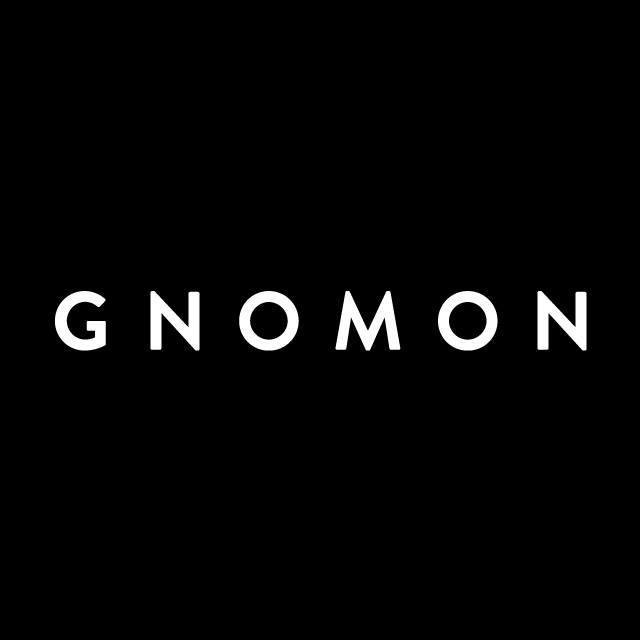


Specializing in education for the VFX, Animation and Games industries.
193 χρήστες τους αρέσει
0 Δημοσιεύσεις
0 τις φωτογραφίες μου
0 Videos



